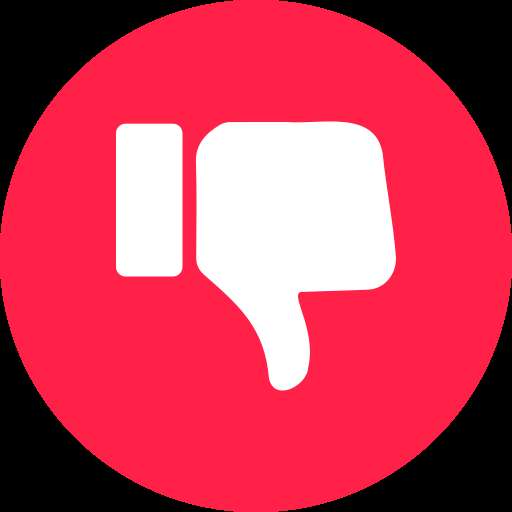
Broken link building is an effective yet often overlooked strategy in the world of search engine optimization (SEO). This technique not only helps you earn valuable backlinks but also enhances user experience on the web. In this article, we will explore what broken link building is, why it's important, how to implement it, and best practices to maximize your results.
What is Broken Link Building?
Broken link building involves finding broken links on websites and reaching out to the site owners to suggest your own content as a replacement. A broken link is a hyperlink that no longer leads to the intended page, often resulting in a 404 error. These broken links can negatively impact user experience and search engine rankings, making them prime targets for link-building opportunities.
Why is Broken Link Building Important?
- Improves User Experience: When users encounter broken links, it can lead to frustration and a negative perception of the website. By helping webmasters fix these issues, you contribute to a better browsing experience.
- Enhances SEO: Backlinks are a crucial factor BulkSEOMetrics in SEO. They signal to search engines that your content is valuable and worth referencing. By acquiring backlinks through broken link building, you can improve your website’s authority and rankings.
- Builds Relationships: Reaching out to webmasters to inform them about broken links can foster valuable relationships in your industry. These connections can lead to future collaboration and opportunities.
How to Implement Broken Link Building
Step 1: Identify Broken Links
The first step in broken link building is to find websites with broken links. Here are some methods to identify them:
- Use Tools: Tools like Ahrefs, SEMrush, or Screaming Frog can help you find broken links on specific domains or across the web.
- Check Competitors: Analyze your competitors' backlinks to discover broken links that you can target.
- Manual Search: You can also perform manual searches using Google. Search for relevant keywords along with phrases like "404 not found" or "page not found" to find broken links.
Step 2: Create Quality Content
Once you identify broken links, the next step is to create or identify relevant content that can serve as a suitable replacement. Your content should be high-quality, informative, and relevant to the original topic of the broken link. This increases the likelihood that webmasters will accept your suggestion.
Step 3: Reach Out to Webmasters
After preparing your content, it’s time to reach out to the webmasters. Here are some tips for effective outreach:
- Personalize Your Message: Address the webmaster by name and mention the specific broken link you found. This shows that you’ve done your homework and aren’t sending a generic email.
- Be Helpful: Frame your message in a way that emphasizes helping them improve their website. Offer your content as a solution to the broken link issue.
- Keep it Brief: Respect their time by keeping your email concise and to the point. Include a clear call to action, such as asking if they would consider replacing the broken link with your content.
Step 4: Follow Up
If you don’t receive a response after a week or two, consider sending a polite follow-up email. Sometimes webmasters are busy, and a gentle reminder can prompt them to take action.
Best Practices for Broken Link Building
- Focus on Relevant Websites: Target websites that are relevant to your niche or industry. This increases the chances of your content being accepted as a replacement for the broken link.
- Diversify Your Content: Create various types of content, such as infographics, blog posts, or resource pages, to appeal to different audiences and increase your chances of getting backlinks.
- Monitor Your Results: Keep track of your outreach efforts and the results. Use tools to monitor which sites have linked to your content and analyze the impact on your website’s SEO performance.
- Be Patient: Broken link building is not a quick win. It requires time and persistence. Don’t be discouraged by rejections; keep refining your approach and reaching out to new webmasters.
Conclusion
Broken link building is a powerful strategy that can significantly enhance your SEO efforts. By identifying broken links, creating valuable content, and reaching out to webmasters, you can build quality backlinks while contributing to a better online experience. Remember to stay patient and persistent, and you’ll likely see positive results in your search engine rankings over time. Embrace this technique, and watch your website flourish in the competitive digital landscape.



